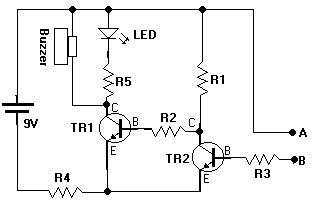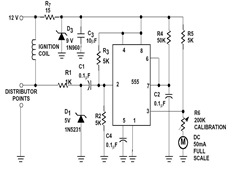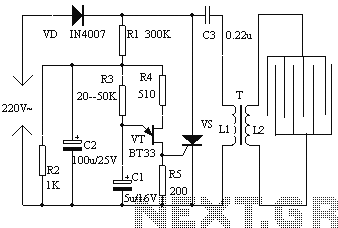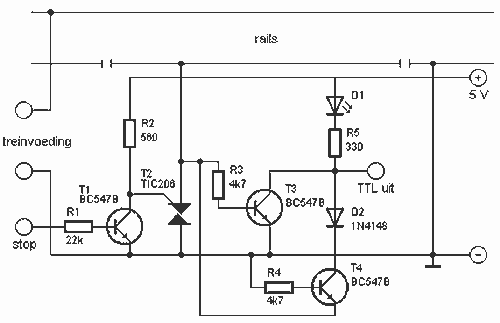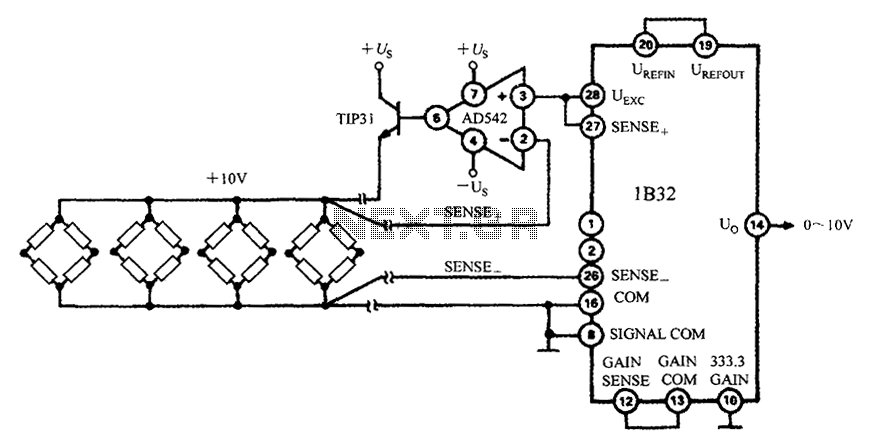
Delay circuit for a long time periods ( 4060 )
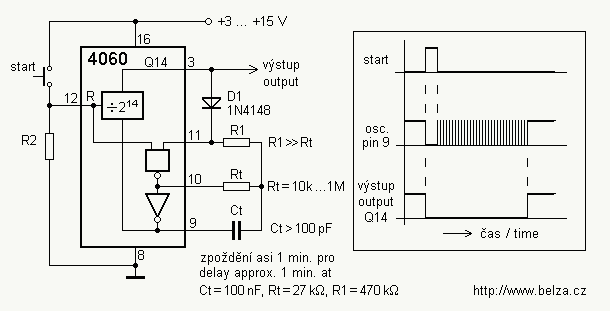
If you need a timer circuit, we go after the most proven 555. However, if the delays are longer, based on timing capacitor capacity is too large. In this case, a circuit of Figure 1 After pressing the button - reset circuit - starts multivibrator. More: It vibrates so long to fill the output Q14 of the counter and moves to the level of H. multivibrator to produce pulses 8192 (2^13). Through the diode is then locked oscillator and a timer waiting for the next reset. Everything is clear from the timing diagram.
The timer circuit described utilizes the well-known 555 timer IC, which operates in astable or monostable mode to generate precise timing intervals. In scenarios where extended timing delays are required, the capacitance of the timing capacitor becomes significantly large, potentially leading to impractical component sizes. To address this, a multivibrator configuration is employed, as illustrated in the referenced Figure 1.
Upon pressing the reset button, the circuit initiates the multivibrator operation, which subsequently generates a series of output pulses. Specifically, the circuit is designed to produce 8192 pulses, equivalent to 2 raised to the power of 13. This output is derived from the counter's Q14 output, which transitions to a high state (logic level H) when the counter reaches the designated count.
The generated pulses are then routed through a diode, which serves a dual purpose: it locks the oscillator during operation and ensures that the timer remains in a waiting state for the next reset signal. This locking mechanism prevents the timer from triggering additional cycles until the reset condition is met, thereby maintaining the integrity of the timing sequence.
The operation of this timer circuit can be further understood through the accompanying timing diagram, which illustrates the relationship between the input reset signal, the multivibrator output, and the counter states. The timing diagram aids in visualizing the pulse generation and the subsequent locking of the oscillator, providing a comprehensive overview of the circuit's functionality.If you need a timer circuit, we go after the most proven 555th However, if the delays are longer, based on timing capacitor capacity is too large. In this case, a circuit of Figure 1 After pressing the button - reset circuit - starts multivibrator.
It vibrates so long to fill the output Q14 of the counter and moves to the level of H. multivibrator to produce pulses 8192 (2 13 ). Through the diode is then locked oscillator and a timer waiting for the next reset. Everything is clear from the timing diagram. 🔗 External reference
The timer circuit described utilizes the well-known 555 timer IC, which operates in astable or monostable mode to generate precise timing intervals. In scenarios where extended timing delays are required, the capacitance of the timing capacitor becomes significantly large, potentially leading to impractical component sizes. To address this, a multivibrator configuration is employed, as illustrated in the referenced Figure 1.
Upon pressing the reset button, the circuit initiates the multivibrator operation, which subsequently generates a series of output pulses. Specifically, the circuit is designed to produce 8192 pulses, equivalent to 2 raised to the power of 13. This output is derived from the counter's Q14 output, which transitions to a high state (logic level H) when the counter reaches the designated count.
The generated pulses are then routed through a diode, which serves a dual purpose: it locks the oscillator during operation and ensures that the timer remains in a waiting state for the next reset signal. This locking mechanism prevents the timer from triggering additional cycles until the reset condition is met, thereby maintaining the integrity of the timing sequence.
The operation of this timer circuit can be further understood through the accompanying timing diagram, which illustrates the relationship between the input reset signal, the multivibrator output, and the counter states. The timing diagram aids in visualizing the pulse generation and the subsequent locking of the oscillator, providing a comprehensive overview of the circuit's functionality.If you need a timer circuit, we go after the most proven 555th However, if the delays are longer, based on timing capacitor capacity is too large. In this case, a circuit of Figure 1 After pressing the button - reset circuit - starts multivibrator.
It vibrates so long to fill the output Q14 of the counter and moves to the level of H. multivibrator to produce pulses 8192 (2 13 ). Through the diode is then locked oscillator and a timer waiting for the next reset. Everything is clear from the timing diagram. 🔗 External reference
